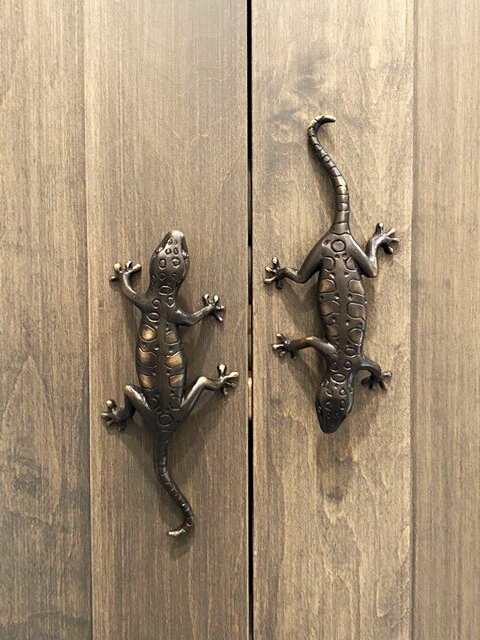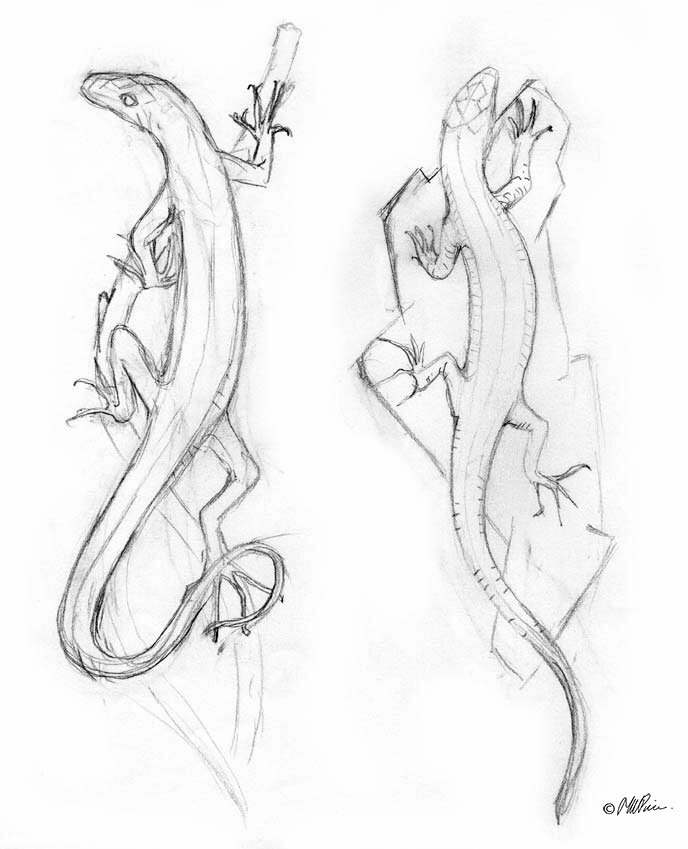The only question raised by our journey to the Grand Canyon and beyond, was why had it taken us 40 years to make the trip? We had heard wondrous reports from friends over the years but had chosen more exotic vacations in Europe and Canada and had relegated this local scene to the back burner. So, when our trip to Rome was cancelled, we found the silver lining to the Corona Virus and planned an RV trip to Arizona and Utah.
As my blog is written as an extension of our website I wondered what or how this trip had anything to do with our hardware designs, which in turn prompted the question of how nature influences our thought processes, specifically, Martin Pierce’s hardware designs. I have often stated that nature is the primary source of Martin’s design ideas, but the process is far from causal and is more subtle and indirect. While Martin does on occasion search out a plant or rock or animal as a study piece for a handle or back-plate, he spends more time simply and randomly photographing what he sees and finds interesting and in so doing creates a mental library of images.
So, having explained the reasoning behind this post let me share some of the spectacular awesome sights we saw on this 9-day road trip in the company of Iris our canine family member.
Grand Canyon South Rim Storm Drifting In – The straight horizon created by the movement of the tectonic plates that raised the flat plateaus upward














































